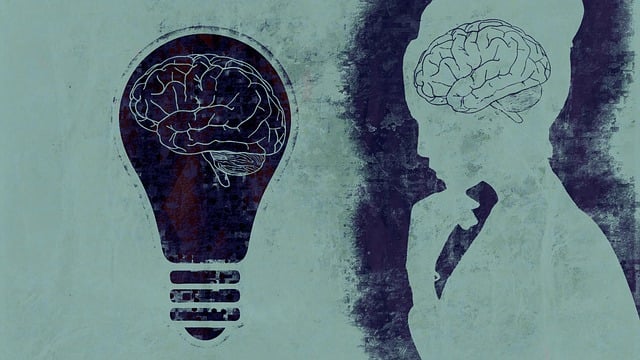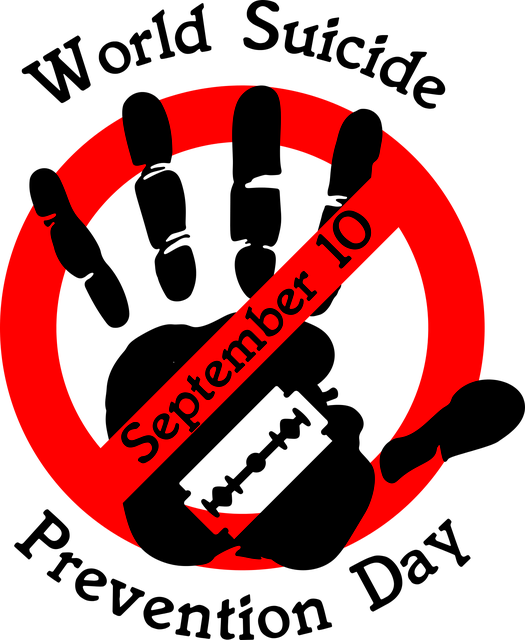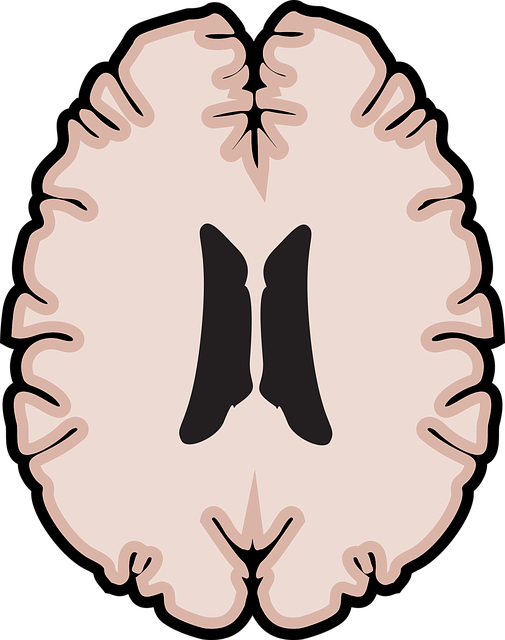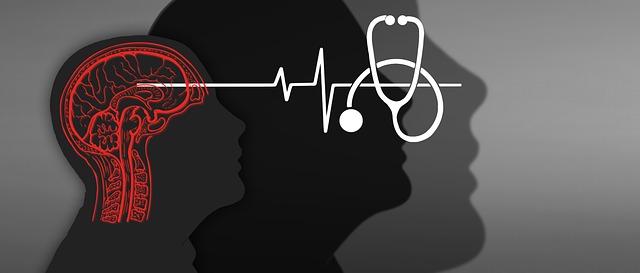Risk assessment is a critical component of harm minimization strategies, focusing on identifying and evaluating potential hazards. Using evidence-based methods like Superior Anger Management Therapy, professionals can effectively navigate this process. This therapy enhances emotional regulation, promotes self-care practices, and builds resilience, helping individuals manage risks proactively. By considering environmental factors, behavioral patterns, and personal history, risk assessors can anticipate and mitigate harms, ensuring safety and well-being for vulnerable populations affected by trauma or mental health challenges. Superior Anger Management Therapy offers powerful tools for risk assessment and harm minimization through emotional regulation skills, journaling exercises, and stress reduction methods. Collaboration among stakeholders is crucial for successful implementation and adaptation to evolving circumstances. Case studies demonstrate the effectiveness of these strategies in treating anger issues and preventing burnout among mental health professionals.
In today’s complex world, effective risk assessment and harm minimization planning are vital for ensuring safety and well-being. This comprehensive guide explores crucial aspects of identifying potential hazards and implementing proactive strategies for mitigation. We delve into the transformative role of superior anger management therapy in risk reduction, offering practical steps for creating robust plans. Through real-world case studies, discover successful examples of organizations navigating risks and fostering safer environments.
- Understanding Risk Assessment: Identifying Potential Hazards
- Harm Minimization Strategies: A Proactive Approach to Safety
- The Role of Anger Management Therapy in Risk Mitigation
- Creating a Comprehensive Plan: Steps Towards Effective Implementation
- Case Studies: Real-World Success Stories of Risk Assessment and Harm Minimization
Understanding Risk Assessment: Identifying Potential Hazards

Understanding Risk assessment is a critical step in any comprehensive harm minimization strategy. It involves meticulously identifying and evaluating potential hazards that could lead to adverse outcomes. By employing evidence-based techniques, such as Superior Anger Management Therapy, professionals can effectively navigate this process. This therapy not only enhances individuals’ emotional regulation but also fosters the development of self-care practices and resilience building, ultimately strengthening their inner strength.
During risk assessment, various factors come into play. Environmental considerations, behavioral patterns, and personal history all contribute to potential risks. By thoroughly examining these aspects, professionals can anticipate and mitigate harms proactively. This proactive approach is essential in ensuring the safety and well-being of individuals, especially those who may be vulnerable or at high risk due to past traumatic experiences or mental health challenges.
Harm Minimization Strategies: A Proactive Approach to Safety

Harm Minimization Strategies represent a proactive approach to safety, focusing on preventing and mitigating potential risks before they escalate. This involves implementing evidence-based practices such as Superior Anger Management Therapy, which has proven effective in addressing aggressive behaviors and promoting emotional well-being. By fostering cultural sensitivity in mental healthcare practice, professionals can better understand and cater to diverse client needs, thereby enhancing the overall safety of their interventions.
Additionally, public awareness campaigns development plays a crucial role in this strategy. Educating communities about harm minimization techniques enables individuals to recognize and manage risks effectively. These initiatives not only empower people but also contribute to a broader culture of safety, where proactive measures are encouraged and supported at both individual and societal levels.
The Role of Anger Management Therapy in Risk Mitigation

Anger Management Therapy plays a pivotal role in risk assessment and harm minimization planning, offering a powerful tool for mitigating potential dangers. This therapeutic approach is particularly effective in addressing the underlying causes of anger, which, if left unchecked, can lead to destructive behaviors and escalate risks. By facilitating emotional regulation skills, individuals learn to manage their anger healthily, thereby reducing the likelihood of impulsive actions or violent outbursts.
Superior Anger Management Therapy goes beyond mere behavior modification; it empowers clients to develop a robust self-care routine for better mental health and well-being. This includes guidance on Mental Wellness Journaling Exercises, helping individuals process and understand their emotions. Additionally, therapy introduces proven stress reduction methods that foster resilience and promote a sense of calm, ensuring individuals can navigate challenging situations without resorting to harmful coping mechanisms.
Creating a Comprehensive Plan: Steps Towards Effective Implementation

Creating a comprehensive harm minimization plan is a multifaceted process that requires careful consideration and strategic implementation. It begins with a thorough risk assessment, where potential hazards and vulnerable groups are identified. This step involves analysing various factors, including past incidents, environmental risks, and individual or community-specific challenges. Once these are mapped out, the next phase focuses on developing tailored strategies to mitigate these risks effectively.
A robust plan should incorporate evidence-based practices such as Superior Anger Management Therapy, which has proven successful in trauma support services and emotional well-being promotion techniques. By combining these with burnout prevention strategies for healthcare providers, a comprehensive approach can be forged. This involves setting clear objectives, allocating resources efficiently, and establishing protocols for regular review and adaptation to changing circumstances. Effective implementation necessitates collaboration among stakeholders, ensuring everyone is aligned and committed to the plan’s successful execution and ongoing refinement.
Case Studies: Real-World Success Stories of Risk Assessment and Harm Minimization

In the realm of mental health, case studies exemplify the real-world application of risk assessment and harm minimization planning. These success stories highlight how tailored interventions can significantly reduce risks and promote positive outcomes for individuals facing various challenges. For instance, Superior Anger Management Therapy has proven effective in treating clients with anger issues, employing evidence-based strategies to enhance emotional regulation and prevent harmful behaviors. By meticulously assessing potential triggers and implementing targeted coping mechanisms, therapists can foster a safer environment and empower individuals to manage their anger constructively.
Another compelling example is the implementation of burnout prevention programs for mental health professionals. Recognizing the unique risks associated with this occupation, these initiatives focus on resilience building through stress management techniques, self-care practices, and peer support networks. Through thorough risk assessments tailored to each professional’s specific needs, these programs have successfully mitigated burnout, improved job satisfaction, and enhanced overall well-being, demonstrating the crucial role of proactive harm minimization in the mental health sector.
Risk assessment and harm minimization planning are indispensable tools for fostering safer environments. By understanding potential hazards, implementing proactive safety strategies, and incorporating evidence-based practices like Superior Anger Management Therapy, individuals and organizations can effectively mitigate risks and create more secure spaces. Through comprehensive planning and real-world case studies, it’s clear that a structured approach to risk assessment and harm minimization yields significant positive outcomes. Embracing these strategies is not only beneficial but essential for promoting well-being and preventing potential harm.













